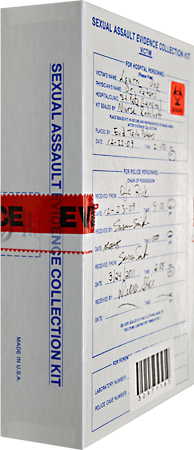Home | Glossary | Resources | Help | Contact Us | Course Map
Archival Notice
This is an archive page that is no longer being updated. It may contain outdated information and links may no longer function as originally intended.
Interacting With Crime Laboratories
Managing Evidence
In addition to managing caseloads, investigators and laboratory staff must manage the evidence collected and samples submitted to the laboratory. Best practices for protecting the integrity and value of evidence include:
- Training personnel associated with the case
- Reviewing past evidence management issues to avoid repetition
- Developing and implementing proper storage policies and procedures
- Ensuring adequate property room facilities
- Evaluating current packaging techniques to ensure preservation
- Providing appropriate packaging materials
- Using proper documentation for chain of custody
- Using transportation methods that protect the evidence from loss, damage and/or contamination
Additional Online Courses
- What Every First Responding Officer Should Know About DNA Evidence
- Collecting DNA Evidence at Property Crime Scenes
- DNA – A Prosecutor’s Practice Notebook
- Crime Scene and DNA Basics
- Laboratory Safety Programs
- DNA Amplification
- Population Genetics and Statistics
- Non-STR DNA Markers: SNPs, Y-STRs, LCN and mtDNA
- Firearms Examiner Training
- Forensic DNA Education for Law Enforcement Decisionmakers
- What Every Investigator and Evidence Technician Should Know About DNA Evidence
- Principles of Forensic DNA for Officers of the Court
- Law 101: Legal Guide for the Forensic Expert
- Laboratory Orientation and Testing of Body Fluids and Tissues
- DNA Extraction and Quantitation
- STR Data Analysis and Interpretation
- Communication Skills, Report Writing, and Courtroom Testimony
- Español for Law Enforcement
- Amplified DNA Product Separation for Forensic Analysts


